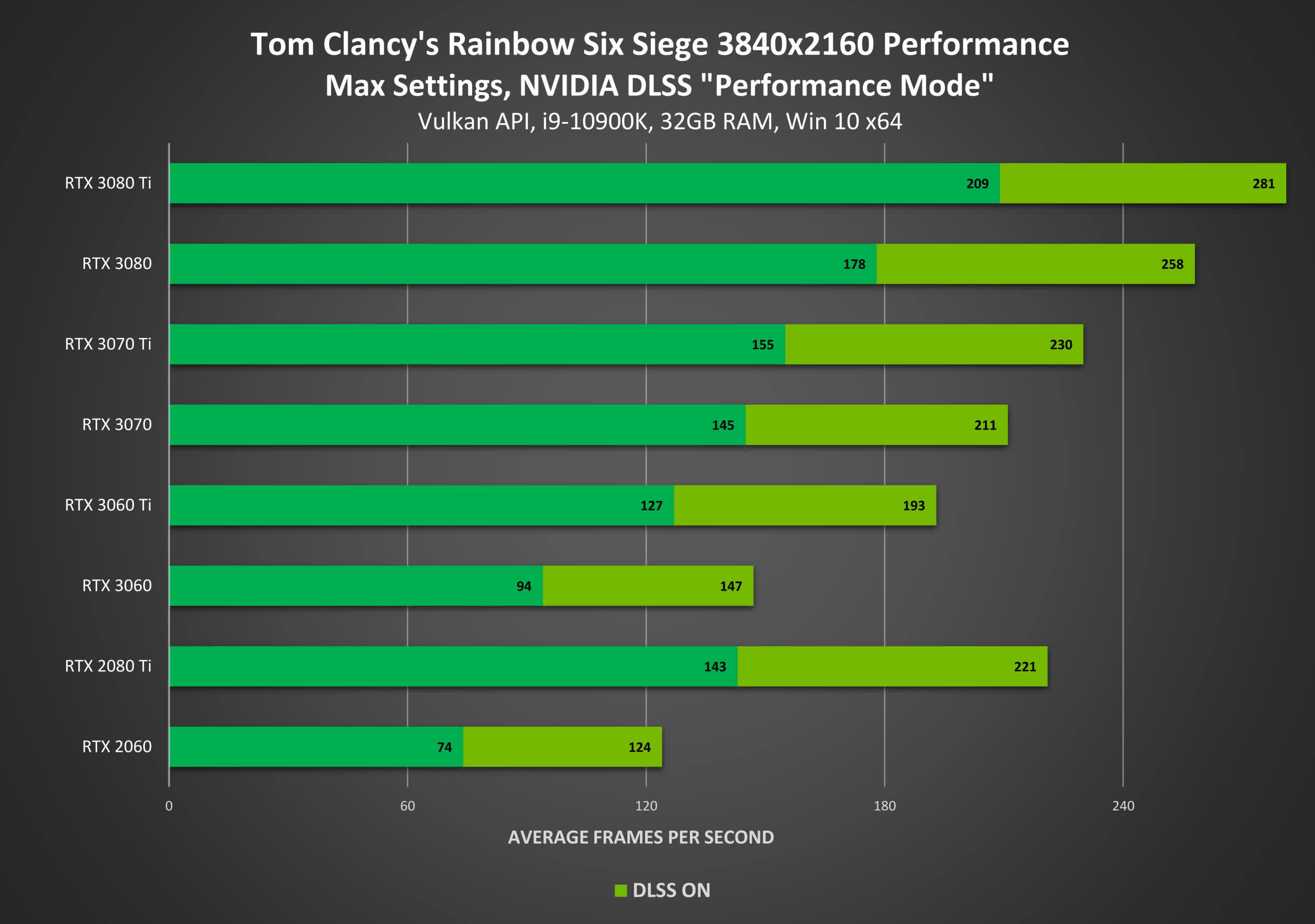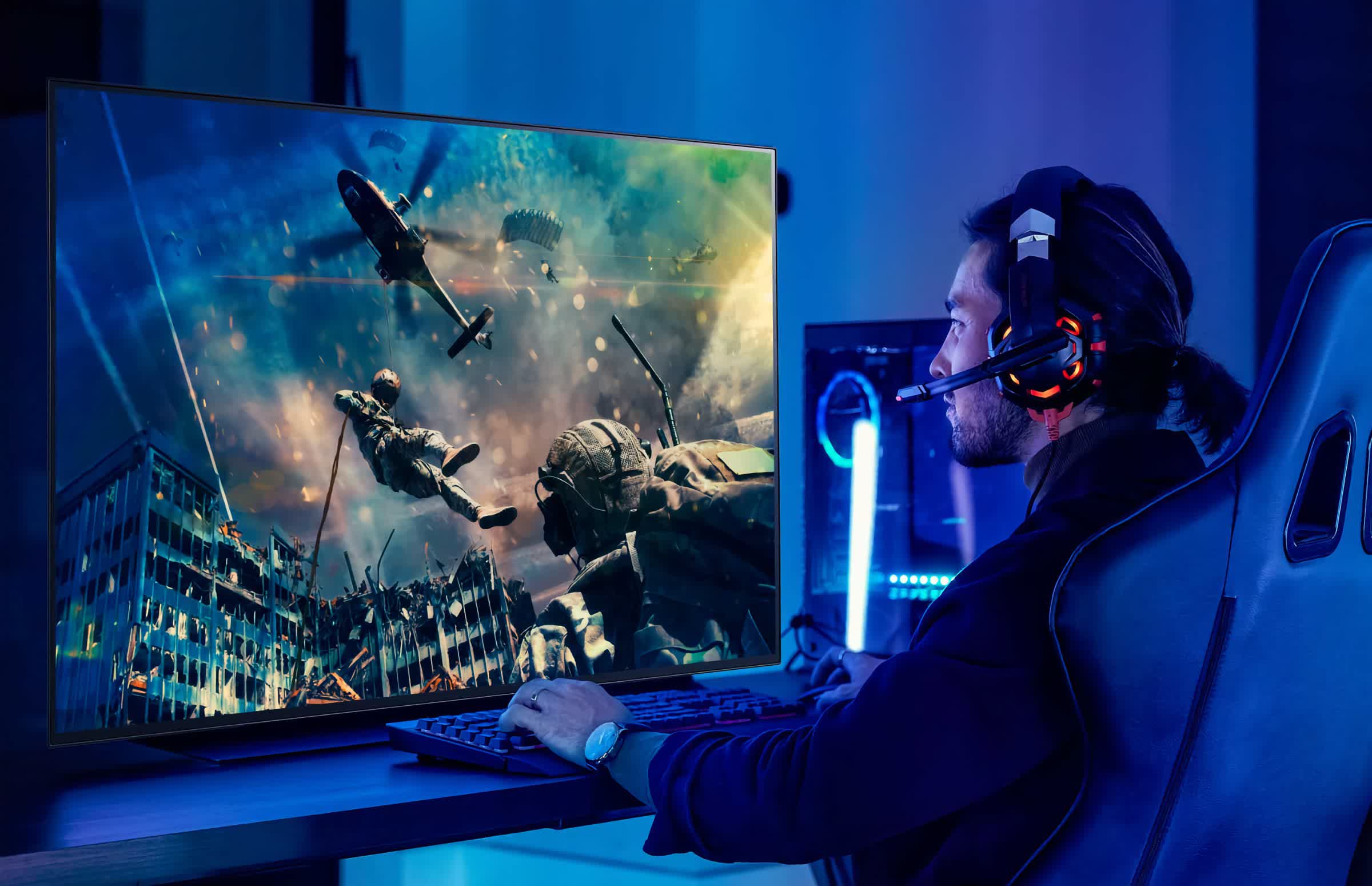Can it be done? Panel manufacturer AU Optronics recently unveiled a 500Hz esports gaming monitor in cooperation with Asus and Nvidia. In case that's not enough for some players, reports indicate AUO is pushing that refresh rate even higher. However, some question whether current consumer graphics cards can reach those framerates.
According to a report from TFT Central, an internal roadmap from AU Optronics highlights a few upcoming high-resolution, high-refresh-rate monitor panels. With one of them, the company is trying to reach 540Hz but is yet unsure if it can get there.
The panel marked as M241HTN01.0 may be the same powering the ROG Swift 500Hz display that was unveiled by Asus, Nvidia and AUO in May during Computex. Like the Swift, this panel is meant to power a 24" 1080p display. AUO pegs its latency at "below 3 milliseconds G2G" and "2ms on/off."
TFT calculates that it will need to get under 1.85ms to attain 540Hz. The panel's specs also include HDR, which is not mentioned in the Swift announcement (though it could be "fake" HDR).

Even in esports titles optimized for high frame rates, 540 FPS is a tall order, though features like Nvidia's DLSS could put it within reach of flagship graphics cards. Nvidia's tests show Rainbow Six Siege can hit 281 fps at 4K with DLSS Performance mode (1080p internal resolution). A Reddit post has an RTX 3080 in 1440p DLSS Quality mode (also internally 1080p) managing an average of 372fps and a maximum of 428.
AUO plans to start producing the new panel in Q1 2023, by which time Nvidia RTX 4000 and AMD RX 7000 graphics cards should be here. Perhaps one of them can achieve 500 or higher FPS. CPU power also becomes a key factor in delivering performance at resolutions that low and framerates that high.
The other panels coming from AUO feature more attainable but still high refresh rates at higher resolutions. The roadmap mentions several 4K and ultrawide screens with refresh rates up to 165Hz, an 8K 60Hz panel, and a 1440p 360Hz display. The company also showed off 480Hz monitors earlier this year.
